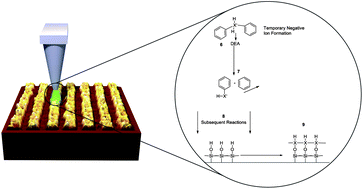High-field chemistry of organometallic precursors for direct-write of germanium and silicon nanostructures†
Abstract
The fabrication of integrated multimaterial structures with nanoscale accuracy is a challenging pursuit essential for novel advances in electronics and photonics. The


 Please wait while we load your content...
Please wait while we load your content...